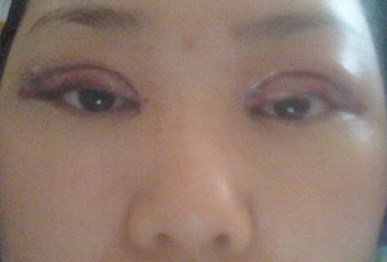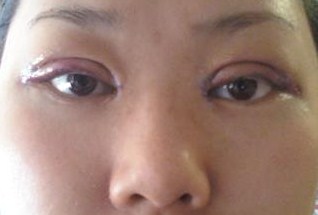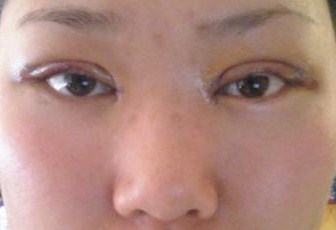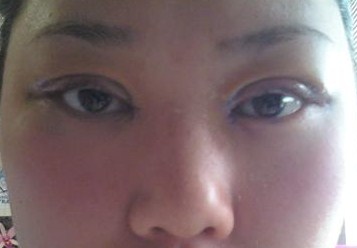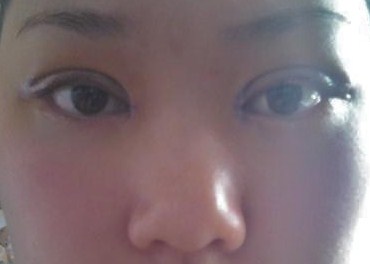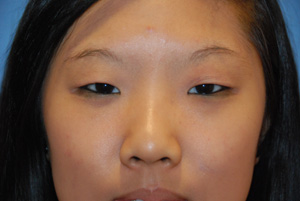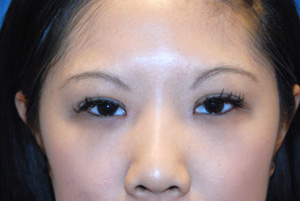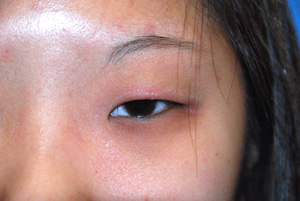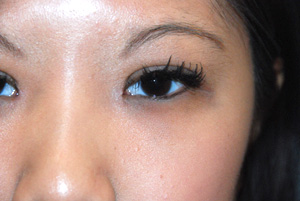You can reverse Asian Blepharoplasty and double eyelid crease formation (Dr Young Bellevue, near Seattle, Washington). You are correct that fat injections can be a part of this. But this all depends. If there is too much skin taken, a skin graft could be needed and the cosmetic outcome could be less favorable in this situation. Lowering the crease requires elevating the scar and then resetting the crease to a lower height, and then requires fat grafting to the area above the new crease or a tissue graft. You need experience in this though and there is a learning curve based on my experience. Here is a video on asian blepharoplasty.
Thanks for reading, Dr Young
Dr Young specializes in Facial Plastic and Reconstructive Surgery and is located in Bellevue near Seattle, Washington
